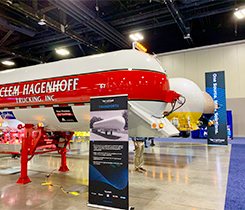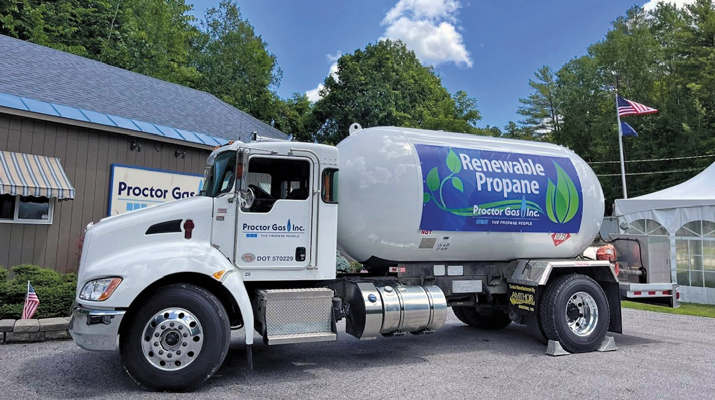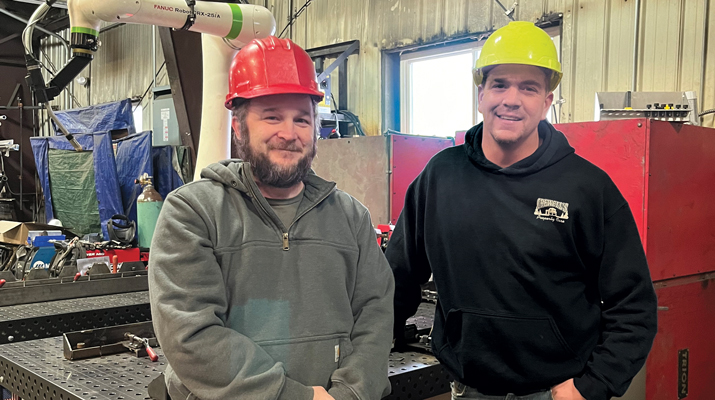Case shows importance of monitoring cathodic protection of lines, tanks
On Dec. 6, 2006, an industrial explosion shook Milwaukee, leaving three people dead, 67 injured and property damages in excess of $75 million. The case received national media attention. Locally, it was considered one of the biggest news stories of the year.
I served as personal counsel for the mechanical contractor conducting a start-up of the standby propane system at the time of loss. The case went to trial a week after Labor Day this year.
 John V. Mccoy |
Prior to trial, settlements were reached with estates of the three people who died in the explosion and with about 18 of the injury claimants. The September case was between the owner of the property and standby gas system and the mechanical contractor.
The same mechanical contractor installed the standby system in 1988. A cathodic protection (CP) system designed by a separate company also was installed in 1988. The designer of that system and on-site engineers for the plant/property owner inspected the CP installation. This system was designed to prevent corrosion to the underground pipe.
In 1996, the mechanical contractor obtained a report on the effectiveness of the CP system. According to the report, the CP system was effective and should be checked annually to ensure it was functioning properly. The cost of the annual test was $1,000. However, no annual tests of the cathodic protection system were ever done after the 1996 report and test by the property owner.
The mechanical contractor was asked to start the standby system. He was to follow protocol designed by the engineers who were employed by the property owner. It had been in place since 1988, with some minor changes in 2002.
The mechanical contractor was an on-site worker who had assisted for several years in the start-up with an employee of the property owner. The person who had been doing the start-ups for the owner had retired in September 2006. The only person left with knowledge of how to start the standby system was the employee of the mechanical contractor. He was due to retire at the end of 2006. The property owner wanted him to show a group of employees and employees of the mechanical contractor how to start the system.
The steps for start-up were in a written protocol, which had been followed for the last 18 years. No one disputed that the protocol was followed on the fateful date of the explosion. The property owner argued that a “step zero” should have been followed. Step zero included leak checking the gas line, looking for insulating flanges, testing for CP, asking if the CP had been tested annually and using inert gas in the line, even though this was not called for in the start-up protocol.
We argued that all experts agreed that no code required a leak check for a liquid propane line under these conditions; the CP was the responsibility of the property owner; had the CP been maintained the leaks in the underground line would not have occurred; and the protocol was followed exactly as requested.
In the end, the jury found that the property owner was 95 percent responsible for the accident and the mechanical contractor was only 5 percent responsible. Under the law of Wisconsin, this meant that the property owner and its insurer could not collect against the mechanical contractor for any of the $71 million in losses it claimed in the case.
This case shows the importance of monitoring cathodic protection of underground lines and tanks. Regardless of the trial outcome, all agree we would prefer these types of accidents didn’t occur in the first instance.
John V. McCoy is the president of McCoy & Hofbauer, S.C. and specializes in the representation of propane companies. He can be reached at 800-599-8300 or jmccoy@mh-law.us.
















